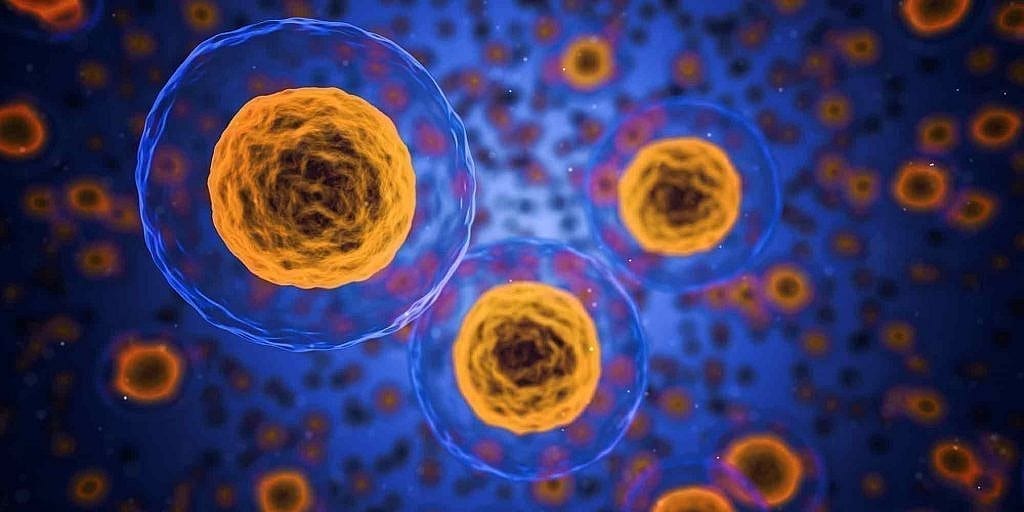Introduction
Vector copy number (VCN) plays a crucial role in the development and production of gene therapies. It is an important parameter that indicates the number of copies of the therapeutic vector present in the target cells. Biosafety testing is an essential component of the development process to ensure the safety and efficacy of gene therapies. In this blog post, we will discuss the significance of vector copy number in gene therapy and shed light on important aspects of biosafety testing.
What is Vector Copy Number?
Vector copy number refers to the number of replicated vector molecules introduced into the target cells of a gene therapy. It is a critical measure of therapy effectiveness, as it directly correlates with the amount of therapeutic gene expressed by the target cells. An optimal vector copy number ensures sufficient expression of the therapeutic gene to achieve the desired effect without causing undesired side effects.
The Importance of Biosafety Testing
Biosafety testing is crucial to ensure the safety and efficacy of gene therapies. In the case of vector copy number, various tests are conducted to ensure that the VCN remains within an acceptable range. Common testing methods include quantitative polymerase chain reaction (qPCR) and digital PCR (dPCR). These methods allow for precise determination of vector copy number and help developers establish the optimal balance between efficacy and safety.
Challenges in Biosafety Testing of Vector Copy Number
Testing vector copy number poses certain challenges. One challenge is the need for analysis both in vitro and in vivo. Different tissue types and environments can influence the expression of the therapeutic gene, making it challenging to determine the optimal vector copy number. Additionally, quantifying vector copy number in vivo is often more challenging than in vitro. Nonetheless, researchers are dedicated to developing new approaches and technologies to overcome these challenges and enhance the reliability of biosafety testing.
Future Perspectives
Biosafety testing in the realm of vector copy number will continue to be of great importance as gene therapies offer a promising alternative treatment option for a variety of genetic disorders. With ongoing advancements in gene therapy, new vectors and therapeutic strategies are being developed to improve efficacy while ensuring safety. Exploring and optimizing vector copy number will play a key role in these advancements.
The safety of gene therapies always remains a focus, and vector copy number is an important parameter considered when assessing risks and potential side effects. Through comprehensive preclinical and clinical studies, potential safety issues can be detected and addressed early on.
In conclusion, vector copy number plays a crucial role in the development and evaluation of safe and effective gene therapies. Continuous optimization of biosafety testing will contribute to establishing gene therapies as an increasingly established treatment option for genetic disorders. Precise quantification of vector copy number, combined with a comprehensive understanding of biological contexts, will enable researchers to develop tailored therapies and realize the vision of personalized medicine.
Ultimately, we can affirm that vector copy number is a crucial parameter that must be considered in the development and evaluation of safe and effective gene therapies. The ongoing optimization of biosafety testing will contribute to the advancement of gene therapies as a promising alternative for treating various genetic disorders.
Conclusion
Vector copy number remains a essential aspect of biosafety testing in the development of gene therapies. By finding the right balance between efficacy and safety, we can fully harness the potential of this innovative therapeutic approach and provide new hope for individuals with genetic disorders. The continuous progress in this field promises a bright future for gene therapy.
Links and Ressourcen on Vector Copy Number Testing
- Minerva Analytix – Vector Copy Number Testing
- National Institutes of Health (NIH) – Vector Copy Number Determination
- Nature Reviews Genetics – Vector Copy Number
- Frontiers in Bioengineering and Biotechnology – Challenges in Vector Copy Number Analysis
- Molecular Therapy – Quantification of Vector Copy Number in Gene Therapy Products
- Journal of Gene Medicine – Vector Copy Number Determination for Adeno-Associated Virus Vectors
- Human Gene Therapy – Safety Considerations for Vector Copy Number Analysis






